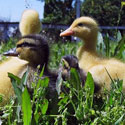
A duck’s legs and feet are made for flying and swimming, not walking. Ducks have structurally weak legs, and the most common affliction of ducks is lameness. A duck may start to limp and eventually go lame for any number of reasons. Injury Ducklings brooded on wire can get a tiny hock caught […]
Continue Reading
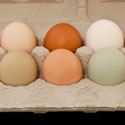
Most eggs sold at the supermarket have white shells. So where do brown eggs and blue eggs come from? The color of the shell is determined by the breed of the hen that laid the egg. Most white eggs sold at the supermarket are laid by Leghorn hens. Many other breeds lay eggs with white […]
Continue Reading
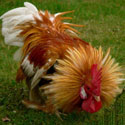
Mean chickens occasionally appear in nearly any breed, more commonly among roosters than among hens. The first thing to do is try to figure out what triggers an attack. Sometimes it’s something as simple as he doesn’t like your new chore boots, your favorite floppy pants, or the way you swing the feed bucket. Making […]
Continue Reading
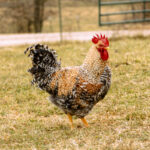
- Bielefelder – Sold as Baby Chicks Only
Minimums –
Not Sexed = 3
Female = 3
Male = 1
Total of 3 birds to ship
Seasonal/Shipped Feb thru September
Limit of 49 on Females
Continue Reading
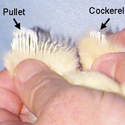
Feather sexing is the ability to determine the gender of a newly hatched chick based on the rate of growth of its wing feathers. The trait is sex linked and works only if the chick’s father is of a breed that grows feathers rapidly and its mother is of a breed that grows feathers slowly. […]
Continue Reading
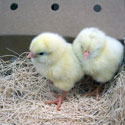
When those fuzzy little chicks, ducklings, or goslings arrive in the mail, the first thing you want to do is pick them up and cuddle them. Young children, especially, can’t resist snuggling those cute little fluff balls. The more time you spend with your baby poultry, the friendlier they will become. However, among the important […]
Continue Reading
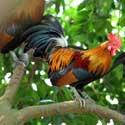
When chickens are allowed to free range, certain breeds fare far better than others, especially in terms of avoiding predators. Ideal characteristics for free ranging chickens include wariness, inconspicuous plumage, acute vision, and foraging ability. Predator Wariness Chicken breeds that are best able to evade predators are the wary, high strung, excitable, so-called […]
Continue Reading
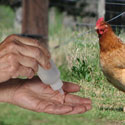
After handling poultry or visiting the coop, you should thoroughly wash your hands with soap and water, as recommended in “Protect Yourself and Your Family From Germs,” a poster distributed by the Centers for Disease Control. If soap and water are not readily available, the CDC recommends using a hand sanitizer until you are able […]
Continue Reading
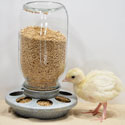
Newly hatched poultry come equipped with yolk reserves that provide baby birds with nutrients for many hours after they hatch. It’s nature’s way of allowing the early hatchers to remain in the nest until the whole brood has hatched. Hatchery chicks shipped by mail take advantage of these yolk reserves during the day or two […]
Continue Reading
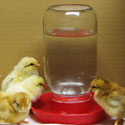
Baby chicks must have access to clean, fresh water at all times. During the first few days after they hatch, a one-quart waterer will furnish enough water for up to 25 chicks raised in a brooder. An inexpensive watering option is a screw-on plastic base that fits a one-quart narrow mouth jar. Another option is […]
Continue Reading










